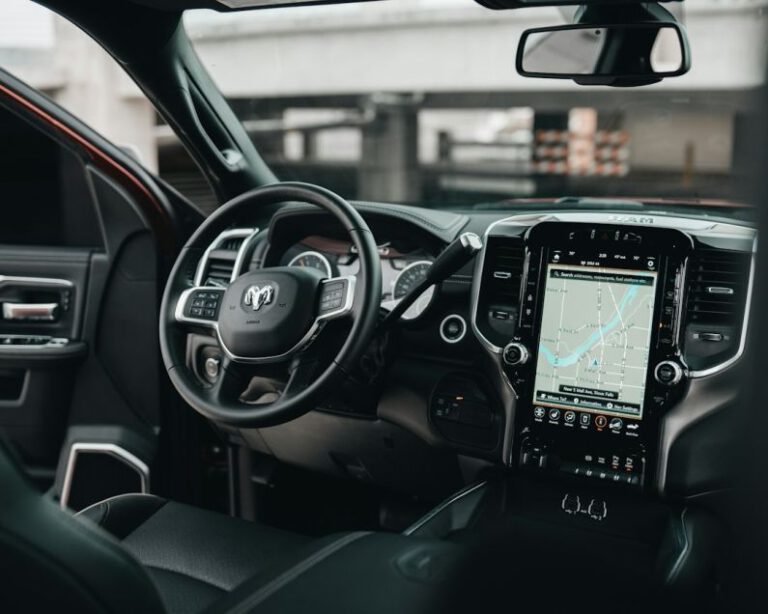What Are the Essential Safety Features in Modern Cars?
In today’s fast-paced world, safety should always be a top priority, especially when it comes to our vehicles. With advancements in technology, modern cars now come equipped with a wide range of safety features that aim to protect both the driver and passengers. These features are designed to prevent accidents, minimize injuries, and provide peace of mind while on the road. Let’s take a closer look at some of the essential safety features found in modern cars.
Electronic Stability Control (ESC)
One of the most important safety features in modern cars is Electronic Stability Control (ESC). This system helps to prevent skidding and loss of control by automatically applying brakes to individual wheels when necessary. By monitoring the vehicle’s steering angle, lateral acceleration, and wheel speed, ESC adjusts the braking force to each wheel, ensuring stability and control in various driving conditions. This feature has proven to be effective in reducing the risk of accidents, especially during sudden turns or emergency maneuvers.
Anti-lock Braking System (ABS)
The Anti-lock Braking System (ABS) is another crucial safety feature that has become standard in modern cars. ABS prevents the wheels from locking up during emergency braking situations. By rapidly pulsing the brakes, ABS allows the driver to maintain steering control, reducing the risk of skidding and maintaining traction on the road. This feature is particularly useful on slippery surfaces or when encountering unexpected obstacles.
Forward Collision Warning (FCW)
Forward Collision Warning (FCW) is a significant advancement in car safety technology. Using sensors and cameras, FCW alerts the driver when there is a potential collision with the vehicle ahead. It provides visual and audible warnings, giving the driver time to react and take appropriate action. Some advanced systems even incorporate Automatic Emergency Braking (AEB), which can automatically apply the brakes if the driver fails to respond to the warning. FCW has proven to be effective in reducing rear-end collisions, making it a valuable safety feature.
Lane Departure Warning (LDW) and Lane Keep Assist (LKA)
Lane Departure Warning (LDW) and Lane Keep Assist (LKA) are features that help prevent accidents caused by drifting out of lanes. LDW uses cameras to detect lane markings and alerts the driver if the vehicle starts to drift. LKA takes it a step further by actively steering the vehicle back into the lane if the driver doesn’t respond to the warning. These features are particularly useful for long drives or when the driver is fatigued, providing an extra layer of safety and preventing potential collisions with other vehicles.
Blind Spot Detection (BSD)
Blind Spot Detection (BSD) is a feature that aims to improve visibility and prevent accidents when changing lanes or merging. By using sensors and cameras, BSD alerts the driver when there is a vehicle in their blind spot. This warning can be in the form of a visual indicator on the side mirror or an audible alert. BSD allows the driver to make safer lane changes and reduces the risk of side-swipe accidents.
Conclusion: Drive Safer with Modern Safety Features
As technology continues to advance, so does the safety features in modern cars. From Electronic Stability Control (ESC) to Blind Spot Detection (BSD), these features are designed to enhance driver safety and reduce the risk of accidents. When purchasing a new car, it’s important to consider the presence of these essential safety features. By choosing a vehicle equipped with these technologies, you can drive with confidence, knowing that you and your passengers are protected on the road. Remember, safety should always be a priority, and modern cars are making it easier than ever to stay safe while driving.






